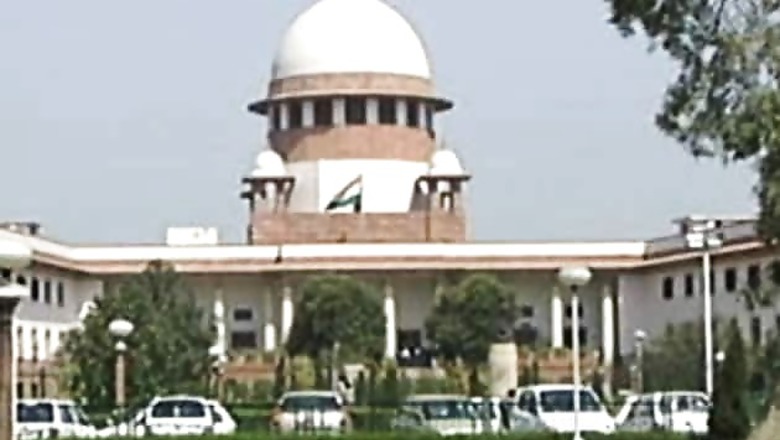
views
24th April, 1973.
The day when Indian Judiciary managed to save the Constitution by a whisker.
The day when Supreme Court of India passed its judgment in Kesavananda Bharati vs. State of Kerala holding that amending power of the Parliament cannot be used to alter the basic structure or the essential features of the Constitution.
Marking 41st anniversary of passing of this landmark judgment, here is some of the interesting trivia about the case:
1. This was the largest Bench (13 Judges Bench) that had heard the lengthiest arguments and covered the widest area of case laws and legal literature in the history of the Supreme Court.
2. This decision was made by a wafer-thin majority of 7:6, i.e. with 6 judges dissenting to the majority view. (If the decision of Justice Khanna is vivisected carefully, one would find that the verdict is really 6.6:6.4!)
3. The case was heard for the longest number of days. It totally took 68 working days commencing on October 31, 1972 and concluding on March 23, 1973. The written arguments were submitted by March 27, 1973.
4. The entire case came close to being reheard because of the illness of Justice Beg. He fell ill in February and March, 1973 and was hospitalized thrice. At that time, Chief Justice Sikri had to go on a two-week trip to Europe in the last week of March and was to retire on April 24, 1973. If Beg did not sit again or if Chief Justice Sikri retired, the hearings, which had already taken five months, would have to commence once again.
5. The illness of Justice Beg left Nani Palkhivala who appeared for the Petitioner with no choice but to give up his arguments in rejoinder for the last two days.
6. Ironically, the Petitioner 'His Holiness Kesavananda Bharati Sripadagalvaru' neither met Nani Palkhivala nor even spoke to him. Kesavananda Bharati was actually quite surprised to see his name appearing in the papers every day and wondered why the case was taking so much time.
7. The longest judgment, covering 703 pages was delivered on April 24, 1973. The head notes of SCC reported judgment alone runs into 80 pages.
8. The controversial summary of the judgment was prepared by the Bench however it was signed only by nine judges out of thirteen judges. Justices Ray, Mathew, Beg and Dwivedi refused to sign it.
9. Though the most important contribution of this judgment is the basic structure theory, there was no unanimity on what constituted the basic structure of the Constitution even among the judges who gave the majority view. Different examples of what constitutes basic structure were given by different judges.
10. A shocking revelation by T. R. Andhyarujina (in his book 'The Kesavanada Bharati Case - The Untold Story of Struggle for Supremacy by Supreme Court and Parliament') is that the Government was in possession of some of the draft judgments even before they were delivered on April 24, 1973.
11. H.M.Seervai, one of the staunchest supporters of the unlimited power of Parliament to amend the Constitution appeared on behalf of the Respondents in the case. With his characteristic honesty, he later admitted that if the basic structure doctrine had not been laid down, the consequences would have been very grave and India would have been in danger of being converted into a police State 'as the experience of the emergency clearly showed'.
12. The judgment was delivered on the last working day of Chief Justice Sikri. He retired on April 25, 1973. The tradition of appointing the senior most judge as the Chief Justice was abandoned and Justice Ray, who was the fourth in the line of seniority, superseded Justices Shelat, K S Hedge and Grover. This announcement was first made known through a radio broadcast over the All India Radio.
13. The marathon hearing yielded no relief to His Holiness Kesavananda Bharati or any of the other petitioners. But they have the consolation of being responsible for the basic structure doctrine and saving India democracy.
(The above facts are extracts from the book 'Nani Palkhivala - The Courtroom Genius' written by Soli Sorabjee and Arvind P Datar. No student of law, no lawyer, no chartered accountant, no member of the judiciary, and no well-informed citizen can afford to miss reading this book!)
Courtesy - http://subjudiced.wordpress.com


















Comments
0 comment